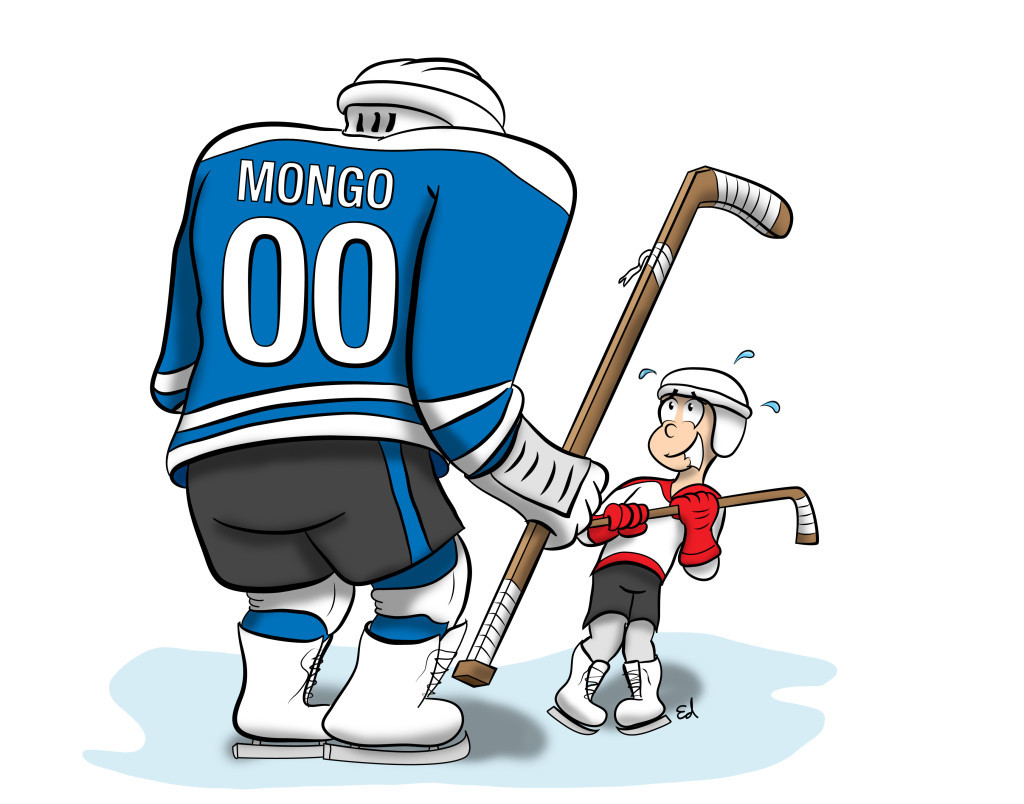
Athletes need to take extra precautions to keep themselves safe from the elements
By Rebecca Peterson, Staff Writer
Summer is a time for relaxation. It is a time to find a nice spot of shade, to have a cold drink, and to not move too fast or do anything unnecessarily strenuous. After all, we live in Canada—winter is our season, not summer. Already we’ve beaten all-time records for unseasonal heat this year, and our summer is projected to be one of the hottest in history. Anyone with half a brain would build an underground bunker to hide out in until September 21st at this rate.
However, for those who plan to remain physically active this summer, all is not yet lost. There are ways of preventing a serious case of heat exhaustion, which can result in an even more serious case of death. Especially for those playing team sports, it’s important to watch out for yourself and the people around you to keep everyone safe in the coming hot months.
Prevention:
Heat Acclimation
Whether you train alone or on a team, it’s important to allow your body time to become accustomed to the change in the weather. Exercise routines and sports practices should be kept short and simple once the weather turns, reintroducing higher intensity training gradually. During this time period, watch carefully for signs of heat illness, and be sure to take frequent breaks.
Hydrate Frequently
It’s fairly obvious that if you don’t want to collapse from dehydration, you need to stay hydrated. There’s no need to overdo it, of course, but if you have a headache, feel hungry, or feel nauseous, water should become your first priority as these are all signs of dehydration. Pay attention to your body, and make sure you are giving it what it needs.
Rest After Hot Days
According to several studies, many heat-stroke related hospitalizations and fatalities occur the second day of intense activity in hot weather. If you’ve had a hot day of physical activity, especially if you’ve shown any signs of heat exhaustion, take a day or two to rest before going back out there. You could be saving your life.
Dress for the Weather
Again, it should be obvious, but heavy, padded clothing is not exactly ideal for hot days. Keep your clothing light, loose, and breathable. If you can, cover your head with a hat to prevent burns and overheating.
Signs of Heat Illness:
Heat Exhaustion
Heat exhaustion is the first stage of a serious heat illness. Any of the following symptoms are a warning sign for athletes to stop what they’re doing and take precautions to keep their condition from worsening: muscle cramps heavy sweating, clammy skin nausea dizziness headache fast pulse
Heat Stroke
Heat stroke is a severe medical emergency. If you or any of your fellow athletes start showing the following signs, call 911 immediately: body temperature of over 103°F or 39.4°C hot, red, and dry skin quick pounding pulse fast, shallow breathing disorientation hallucinations seizures lack of consciousness
Treatment:
Heat Exhaustion
Cooling down is your first priority. Move out of the sun, lie down, and find ice or cold water. Laying cold cloths over your wrists and other pulse points will help cool your core body temperature faster, though ideally if you have the resources, you’ll want to put cold cloths on as much as yourself as possible. Rehydrate slowly, and make sure someone is keeping an eye on you until you feel better.
Heat Stroke
Don’t take any risks, here—if you even suspect you or someone else might have heat stroke, call 911 ASAP. In the meantime, like before, cooling the person is your top priority. Move them out of the sun and use whatever you have at your disposal—cold water, ice—to start getting their body temperature down. Do not give the victim fluids, because depending on the severity of their condition, they may either choke on the fluids, or will have to be carefully rehydrated by trained EMTs.
Look out for one another, stay safe, and maybe consider building that underground bunker to survive the summer. It’s what I’m probably going to do.

